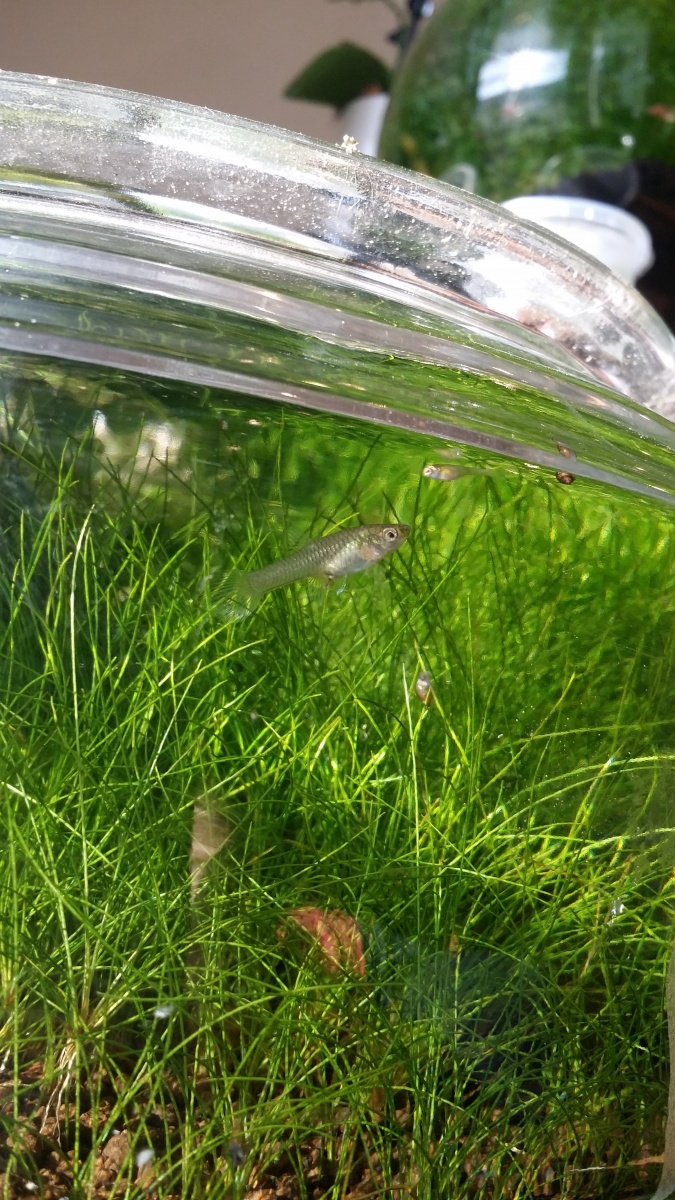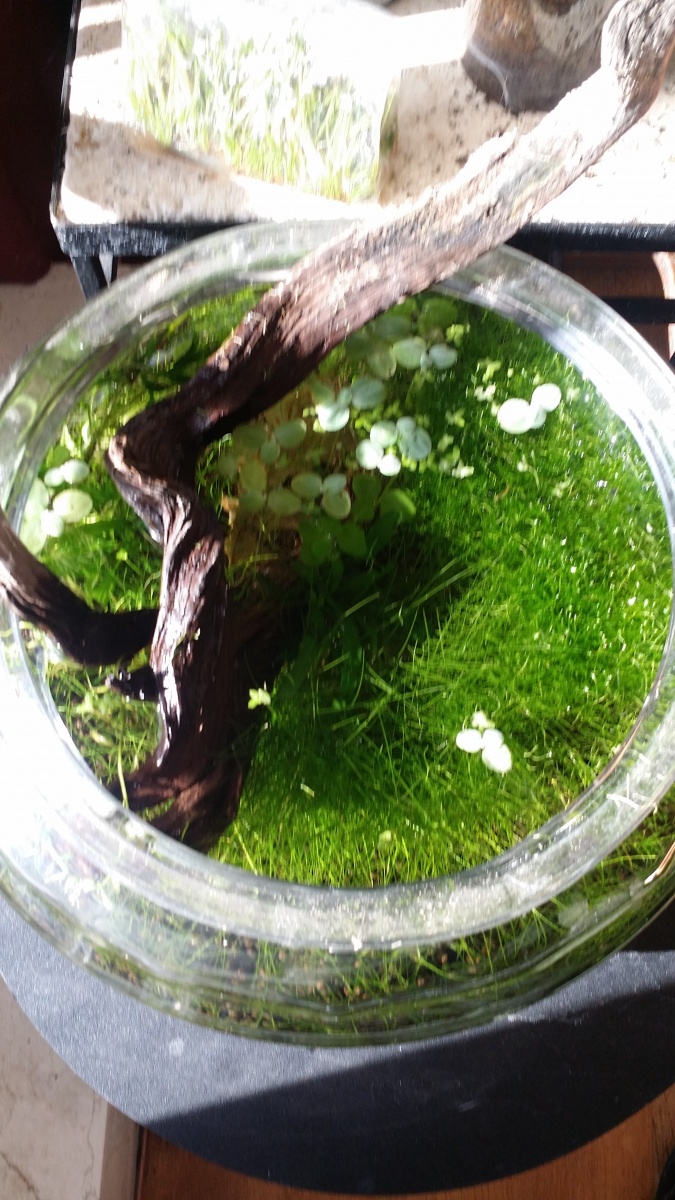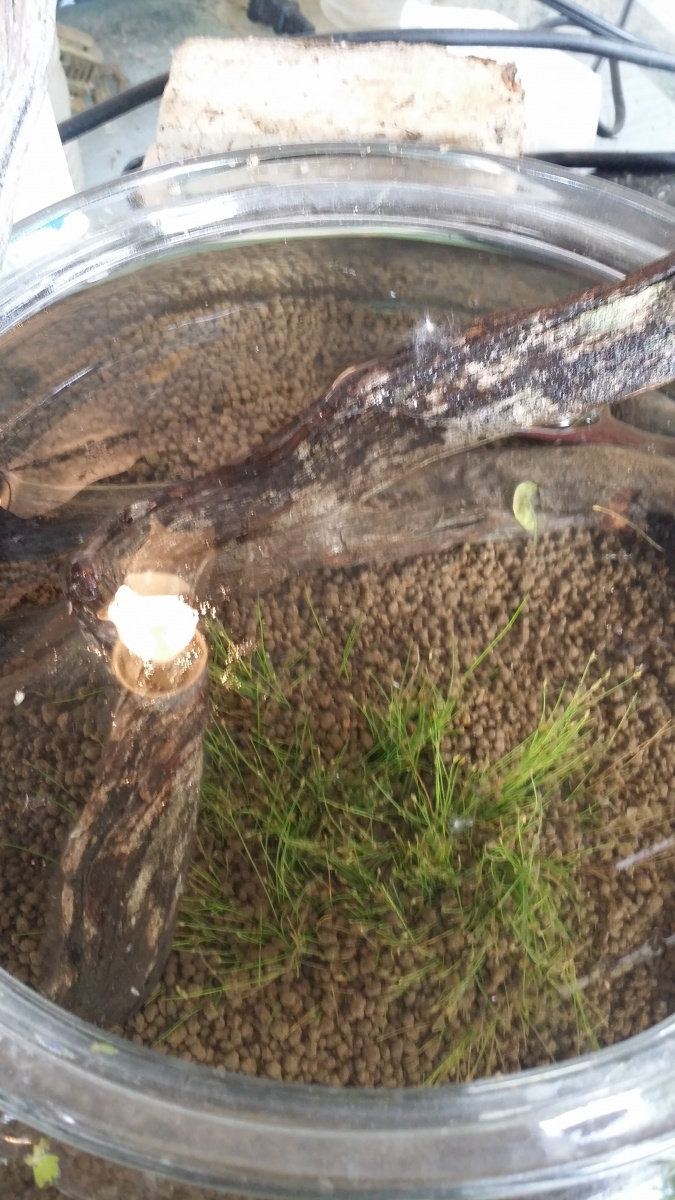I’ve been on a bit of a rollercoaster and would like to get it right this time.
TLDR: help picking easyish inexpensiveish substrate for 90 gal planted tank for somewhat low-med tech plants.
I have a 90 gallon aquarium and I tried to use dirt for the first time! And it is a complete disaster!! I think that it keeps coming up through the pool filter sand and my bs plecos are also digging it up at times. I can’t see anything through the tank basically and my swords are dying. Anyways this tank was not exactly ideal with the built in overflow box and black painted back (got as an emergency when the 60 started leaking) so my family convinced me to buy a new 90 to replace it.
I have great success in my 39 using fluval stratum, co2 injections and finned planted+ light and pps liquid ferts but I’m looking for something different in the 90.
Currently I have a finnex 24/7 plant light on it, no co2 (would prefer not to add but can), and no liquid ferts but can do pps if needed. I was hoping for a cheaper set up with lower maintenance large broad leaf plants (a carpet would be a dream as well).
So my question is what kind of substrate should I use? I’ve been thinking about peat moss, balls of Mexican potting clay, and maybe some fluorite topped off with pool filter sand? Not sure how much of each but currently it’s a complete mess and I have a new tank to start over with. I don’t wanna use stratum as I have very hard tap water (ph of about 7.8-8.2) and have no interest in using RO water for a 90 gallon as I do in the 29. I liked dirt because it didn’t need co2 or liquid ferts but I can get over it.
Stock:
2 angelfish
12 bosemani rainbowfish
10 Odessa barbs
1 black red tail shark
2 bs plecos
3 dojo loaches
Some snails [emoji222]
Pics of current 90:
Before it got messed up-
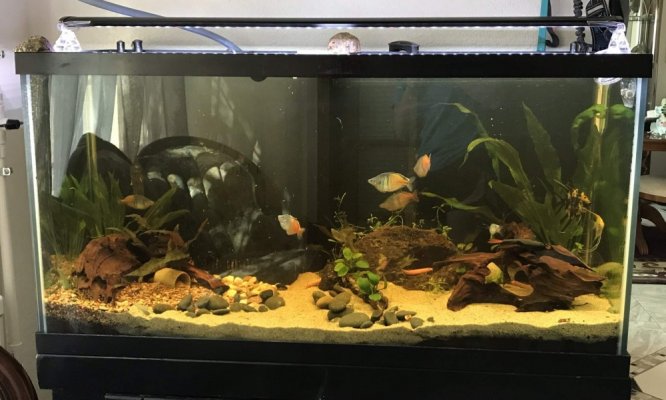
After it had time to brew-
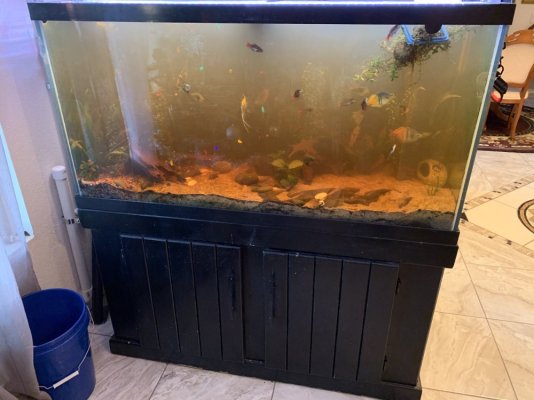
New 90:
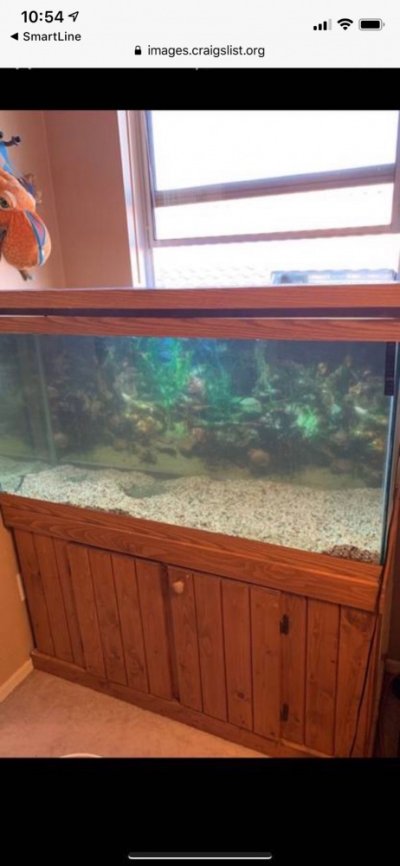
The 29 (to show I’m not a complete idiot):
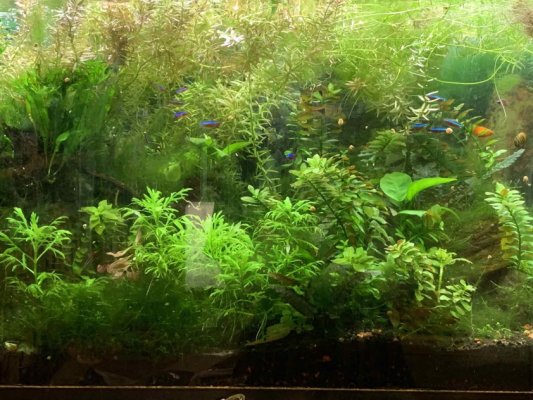
TLDR: help picking easyish inexpensiveish substrate for 90 gal planted tank for somewhat low-med tech plants.
I have a 90 gallon aquarium and I tried to use dirt for the first time! And it is a complete disaster!! I think that it keeps coming up through the pool filter sand and my bs plecos are also digging it up at times. I can’t see anything through the tank basically and my swords are dying. Anyways this tank was not exactly ideal with the built in overflow box and black painted back (got as an emergency when the 60 started leaking) so my family convinced me to buy a new 90 to replace it.
I have great success in my 39 using fluval stratum, co2 injections and finned planted+ light and pps liquid ferts but I’m looking for something different in the 90.
Currently I have a finnex 24/7 plant light on it, no co2 (would prefer not to add but can), and no liquid ferts but can do pps if needed. I was hoping for a cheaper set up with lower maintenance large broad leaf plants (a carpet would be a dream as well).
So my question is what kind of substrate should I use? I’ve been thinking about peat moss, balls of Mexican potting clay, and maybe some fluorite topped off with pool filter sand? Not sure how much of each but currently it’s a complete mess and I have a new tank to start over with. I don’t wanna use stratum as I have very hard tap water (ph of about 7.8-8.2) and have no interest in using RO water for a 90 gallon as I do in the 29. I liked dirt because it didn’t need co2 or liquid ferts but I can get over it.
Stock:
2 angelfish
12 bosemani rainbowfish
10 Odessa barbs
1 black red tail shark
2 bs plecos
3 dojo loaches
Some snails [emoji222]
Pics of current 90:
Before it got messed up-

After it had time to brew-

New 90:

The 29 (to show I’m not a complete idiot):



